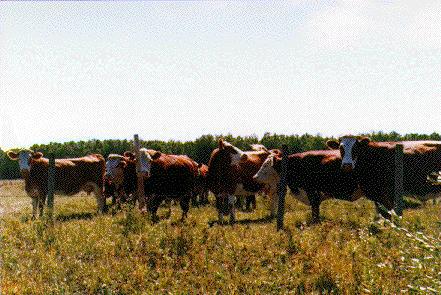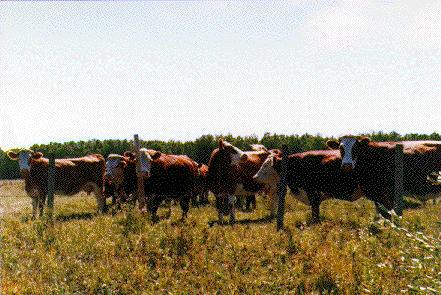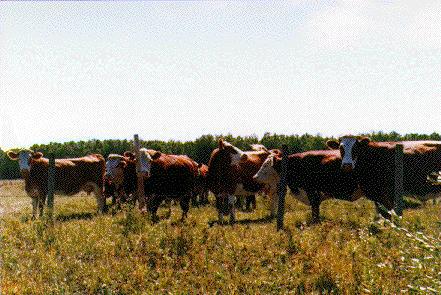Bear work-sheet
BEAR Work-Sheet (Title): Urine collection technique for Chlamydia infection Name of Resident : Date : Sept. 28, 2011 Question : _Are midstream urine and 1st void urine samples comparable in their accuracy for diagnosis of Chlamydia infections? _________________________________ Search : (Check all that apply) Pubmed/Ovid/Medline: Filtered Resources: Other: (

 Definition: autovaccine or autogenous vaccine
Definition: autovaccine or autogenous vaccine
 Autovaccines were prepared* from index case
Autovaccines were prepared* from index case Results (28 days after start of autovaccina
Results (28 days after start of autovaccina